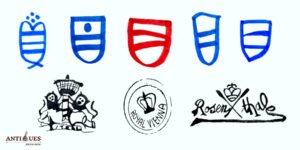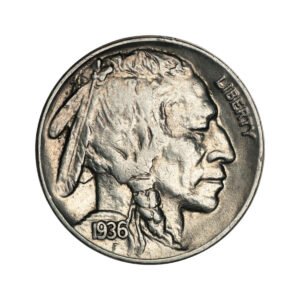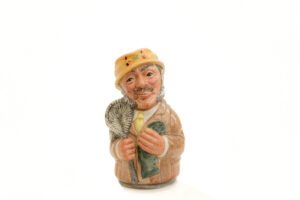If you’ve ever collected royal and imported porcelain ware, such as the Royal Vienna Porcelain, I’m sure you must’ve had a hard time deciphering its marks, especially the “beehive mark!”
Yes, I’m talking about the underglaze dome-shaped mark used by the Royal Porcelain Manufactory starting from 1744. There are different versions of that mark, as used by the company as well as other artists until the 1900s, which makes it a bit confusing.
But what if I told you that you can easily recognize those marks and stamps and spot the iconic Royal Vienna piece yourself? Well, today, I’m here to tell you all about the porcelain beehive mark and other valuable markings on the Royal Porcelain!
Key Takeaways
- The 1740s porcelain beehive mark is a shield mark with three horizontal sections, which looks like a “bee-hive” when turned upside down.
- The 1744 – 1784 Royal Vienna pottery featured the Habsburg Empire’s authentic A.E.I.O.V marks and seals next to the bee-hive mark on the base.
- Real Royal Vienna pottery has painted Austria or Versailles marks; fake ones might be from Japan or China.
- Apart from the beehive marks, different pottery, location, workshop, and artist marks tell you if your Royal Vienna pottery is authentic or not!
What is the Beehive Symbol on Old Porcelain?
The beehive mark is actually an underglaze, three-sectioned dome-shaped shield mark used by the Imperial and Royal Porcelain Manufactory in 1744.
In 1745, the Hapsburg Empire used this mark and other Royal seals for their porcelain ware. And thus, the ‘beehive mark’ became popular as the ‘Royal Vienna’ mark.
Today, the beehive-marked Royal Vienna pottery is extremely valuable. Authentic pieces with clear marks may fetch up to thousands of dollars, such as this old Music teapot that sold for $1,750 recently.
Interesting History of Royal Vienna Porcelain Manufactory
The Royal Vienna Porcelain Manufactory (also known as the Imperial and Royal Porcelain) was a local Austrian porcelain company known for the following royal events & history:
- 1718: Claudius du Paquier, an ex-Dutch Army Personnel, founded the ‘Vienna Porcelain Manufactory,’ a hard-paste porcelain pottery manufactory with some old Meissen workers in Vienna, Austria.
- 1744: Paquier’s factory went bankrupt and was sold to the Hapsburg Empress, Maria Theresa, for financial support. During this period, the Empress renamed it ‘The Imperial State Factory, Vienna’ (later called the Royal Vienna factory by artisans).
- 1760s: The Royal Vienna Factory produced over 120,000 porcelain pieces, including vases, dinnerware sets, tea sets, figurines, and other serveware for the Ottoman Empire.
- 1800 – 1864: In 1815, the Congress of Vienna funded the factory, and its export trade increased. However, the Royal Vienna factory faced much competition in the 1860s and was officially shut down in 1864 due to low sales.
Identifying Royal Vienna Porcelain By the Beehive & Other Marks
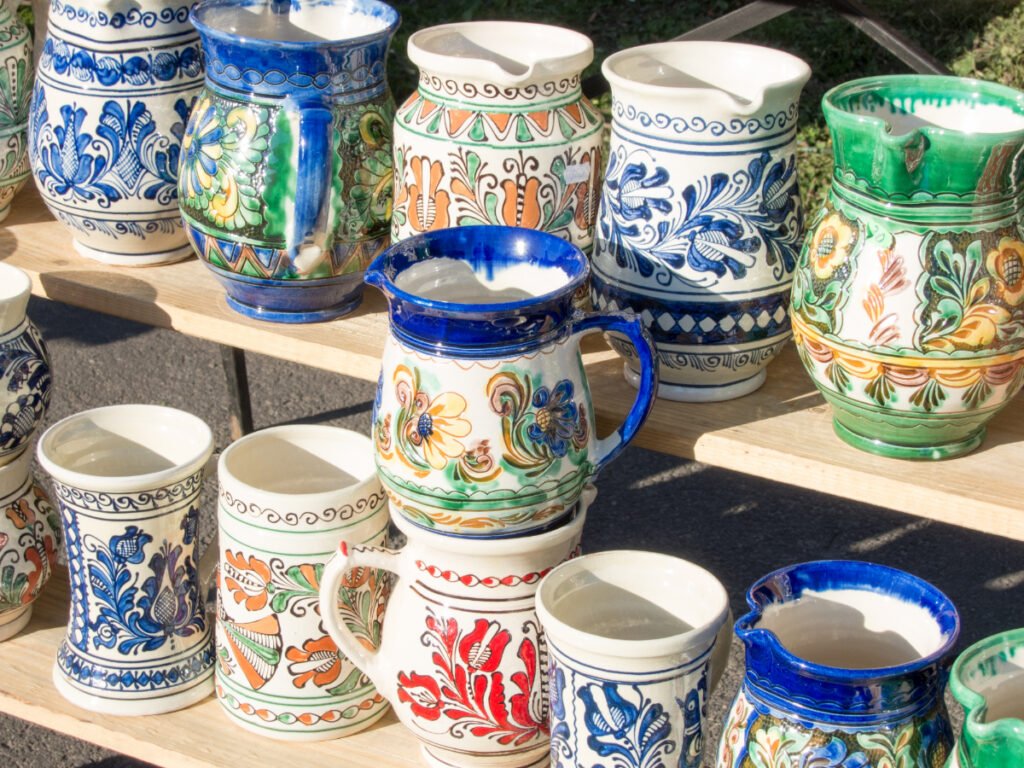
The Royal Vienna pottery stands out by its distinctive patterns, ranging from simple trellis, palm, and plant motifs to hand-painted Renaissance-inspired paintings and portraits. Some rare 1780s Neoclassical pieces are famous for their gold and bronze accents, too!
But most importantly, REAL Royal Vienna Pottery features the notable handmade ‘bee-hive’ marks! These marks were first introduced in 1744 and underwent significant shape changes, making them a crucial clue to dating the old Royal Vienna Pottery.
I’ve hand-drawn all beehive mark variations to help you identify and age the REAL ones:
| Royan Vienna Beehive Mark | Active Years | Estimated Age |
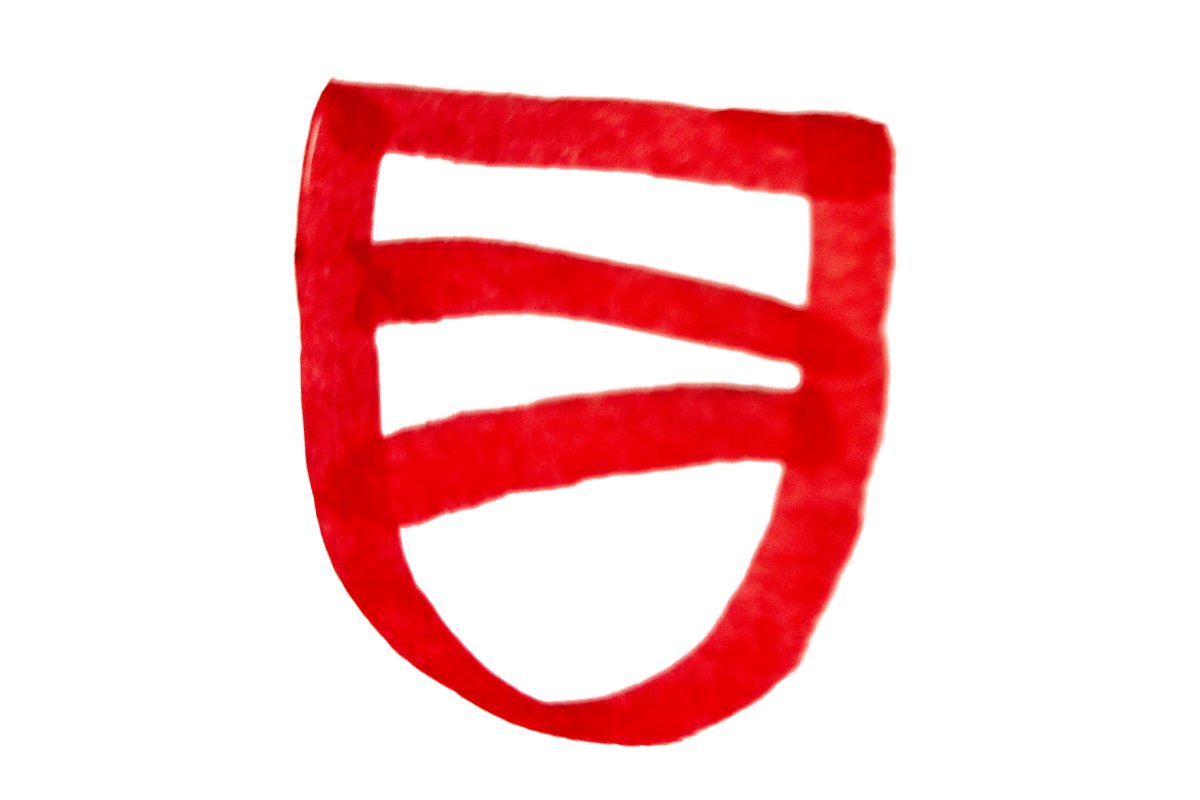 | 1744 – 1749 | 274 – 279 years |
 | 1744 – 1749 | 274 – 279 years |
 | 1749 – 1770 | 253 – 279 years |
 | 1750 – 1780 | 243 – 273 years |
 | 1770 – 1810 | 210 – 250 years |
 | 1770 – 1810 | 210 – 250 years |
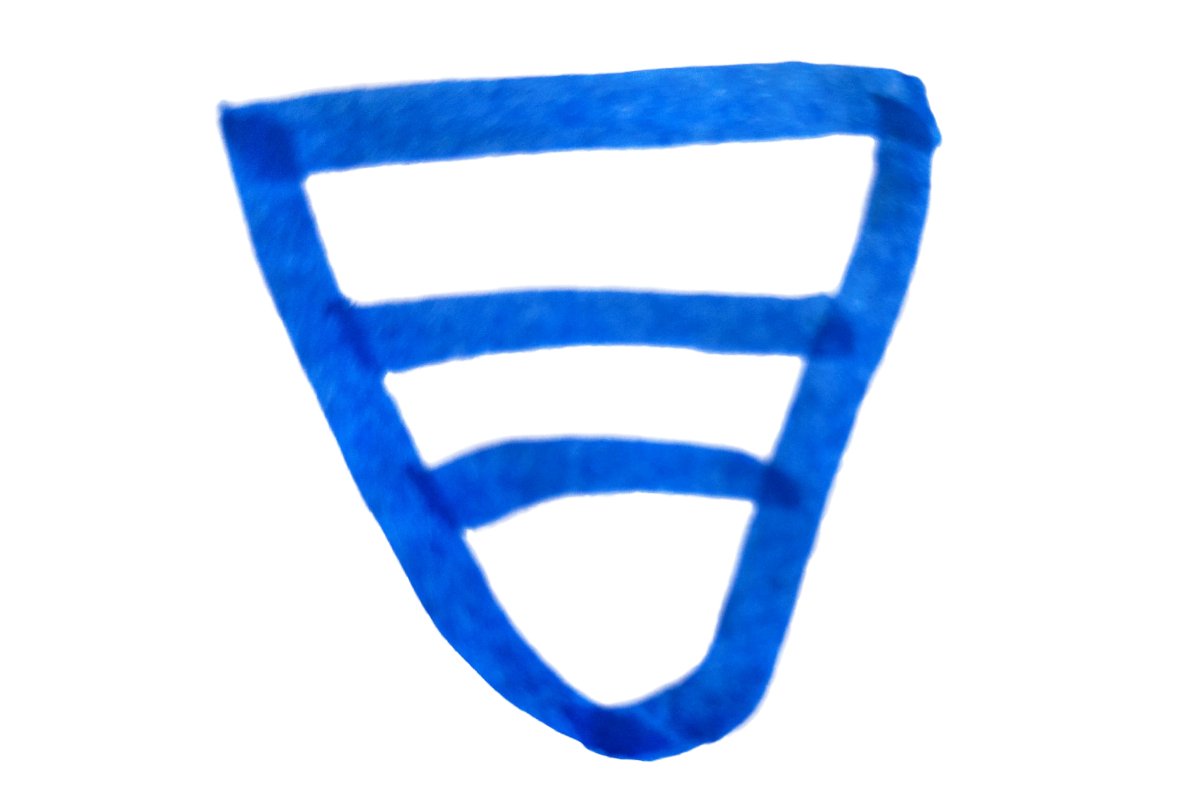 | 1770 – 1810 | 210 – 250 years |
 | 1820 – 1827 | 196 – 203 years |
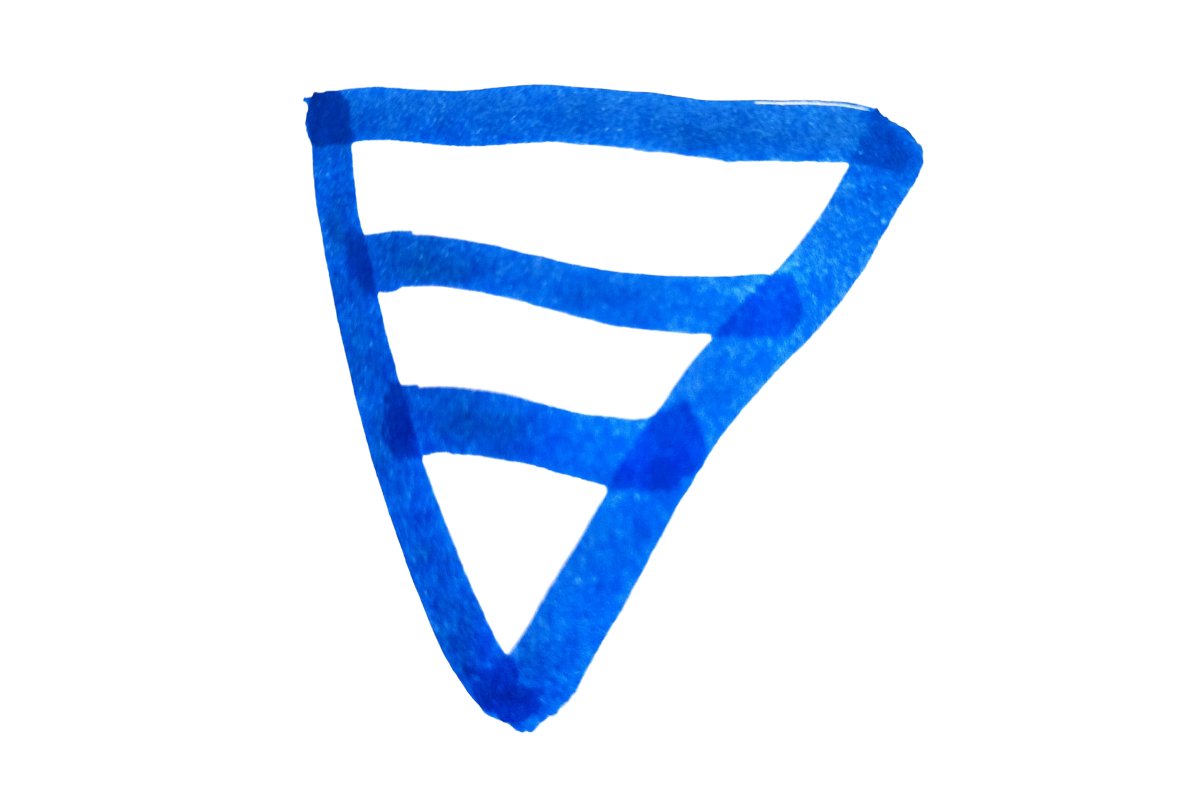 | 1850 – 1864 | 159 – 173 years |
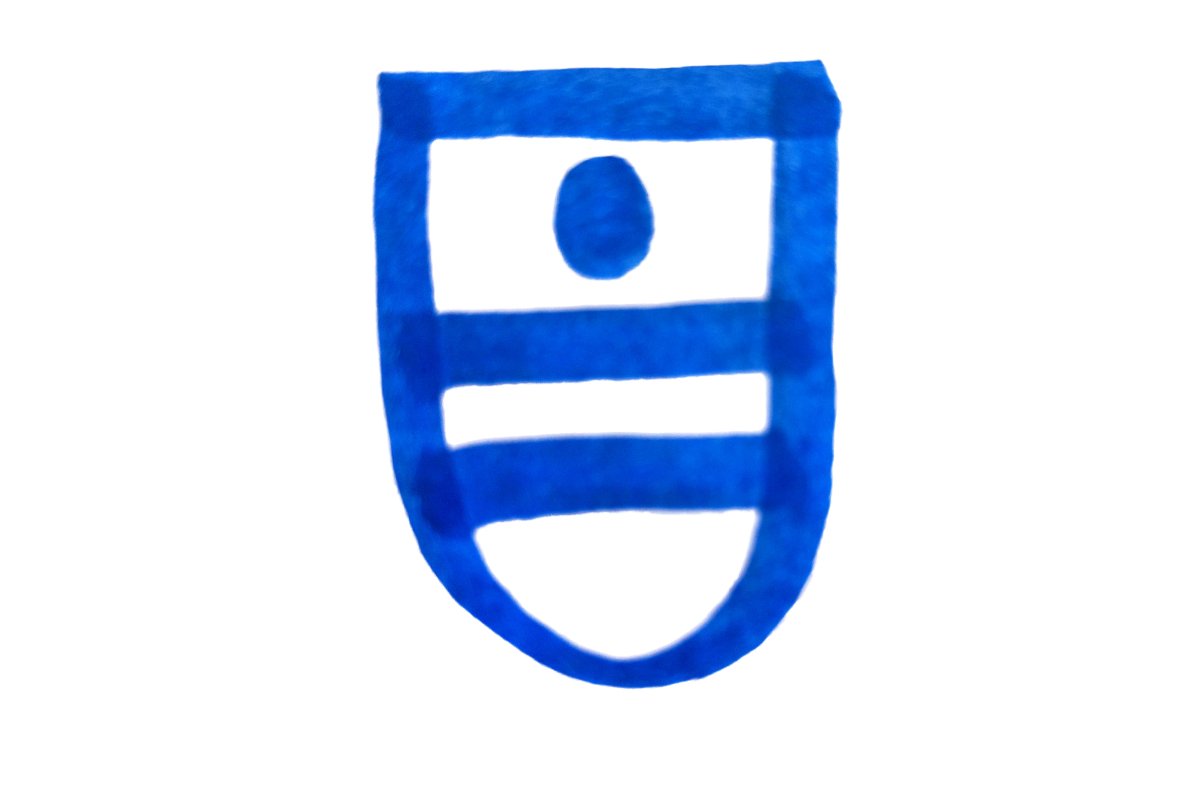 | 1900s | Around 120 years |
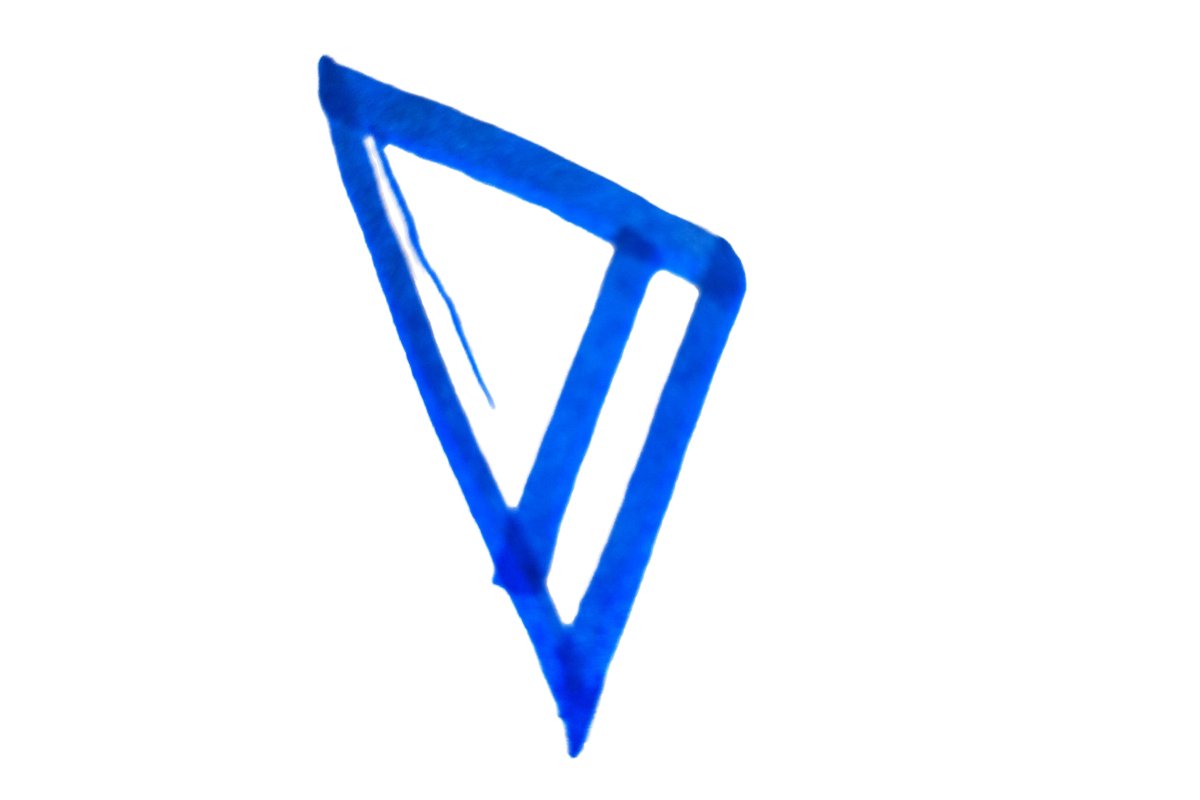 | 1910 & Onwards | Over 100 years |
Quick Fact: Real ‘Royal Vienna’ beehive marks use red, green, or blue ink; the forged ones might be brown or gray.
Besides the bee-hive marks, Real Vienna pottery might also have the following royal, location, or manufacturer marks:
1. Royal Vienna Pottery Marks
As we saw above, the ‘bee-hive’ mark was very commonly used by the Vienna factory & local artists alike! So, in 1745, the Hapsburg empire added its royal seals and the symbolic ‘A.E.I.O.V’ motto marks to differentiate the factory-made porcelainware.
Such royal marks had a unique red or blue underglaze, with stamped crowns or date marks on their bases. I’ve prepared a list of such marks below:
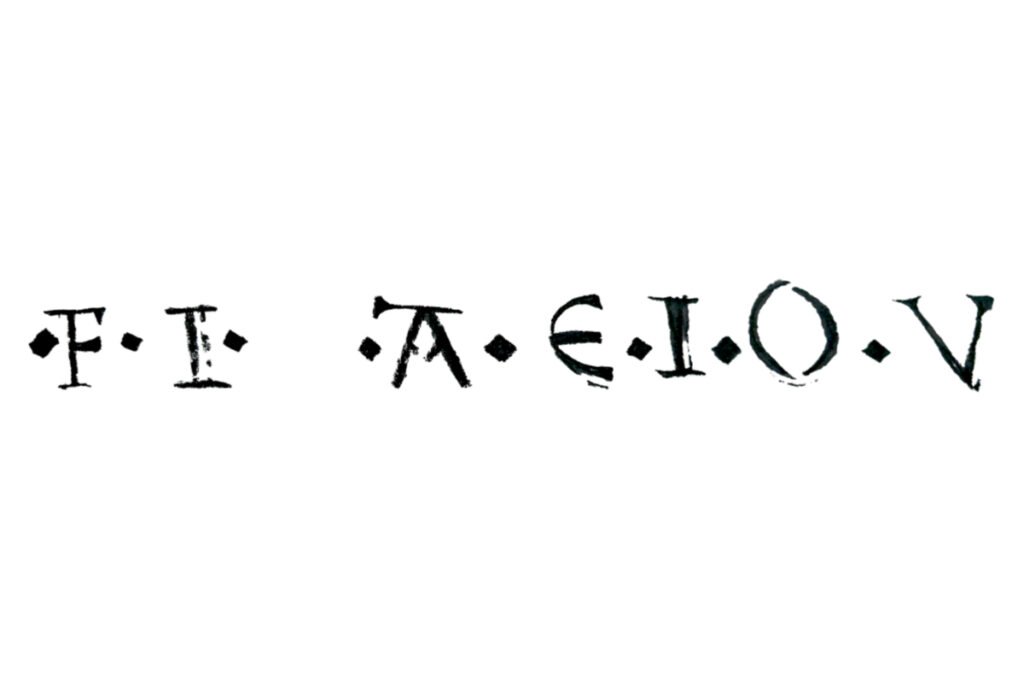


Besides these royal marks, I’ve also seen some thin or inferior Vienna porcelainware with two intersecting red or green lines or L-marks on their bases. And such low-quality Vienna porcelain ware sells for less than $500 today.
However, if your Royal Vienna pottery doesn’t have a clear mark, you can hop onto the era-specific identification details I’ve compiled below:
- 1744 (Du Paquier Period): Inspired by the local Rococo Art Movement, these early porcelain pieces feature gilded floral designs, fluid, asymmetrical shapes, and silver accents.
- 1745 – 1780s: The Royal Vienna Pottery switched to neoclassical designs, featuring symmetrical shapes, portraits, religious and mythology patterns, and cool white porcelain walls. Popular collectibles include plates, vases, urns, and other serveware.
- 1800s: Made in the Conrod von Sorgenthal factory, these porcelain artifacts had multicolored, overglazed, or enameled designs, gilded gold accents, and early-life paintings. These new pieces usually fetch over $1,500 at any auction!
2. Royal Vienna Location Marks
Apart from the royal seals and stamps, Royal Vienna pottery may also display location marks that can tell you if it’s real or not!
Authentic Vienna pottery had an Austria Royal Porcelain mark, either as text or as a crown mark in red, blue, or green ink. Some rare or imported Vienna pottery also had printed European or Versailles marks like the ones drawn below:
| Royal Vienna Location Marks | Country Name |
 | Vienna, Austria |
 | Vienna, Austria |
 | Versailles, France |
All the above marks are hand-drawn while referring to authentic Royal Vienna pottery listings for sole identification.
In contrast, you’ll find forged Vienna pottery with local, Asian, Chinese, or Japanese marks on the base. So beware of those pieces!
3. Royal Vienna Pottery Manufacturer Marks
One of the easiest ways to identify post-1800s Royal Vienna porcelainware is by the manufacturer or workshop marks! How, you may ask!
So, when Joseph II shut down the official Royal Vienna factory in 1784, local porcelain artists had no choice but to establish their own workshops. They founded three of them, viz. Hutschenreuther, KPM and Rosenthal workshops in Austria and Germany.
Now, these workshops used the bee-hive mark, of course, but they also added a makers mark to advertise their make & quality. Some of them are:
| Royal Vienna Pottery Workshop Marks | Workshop Name |
 | Hutschenreuther Factory Mark |
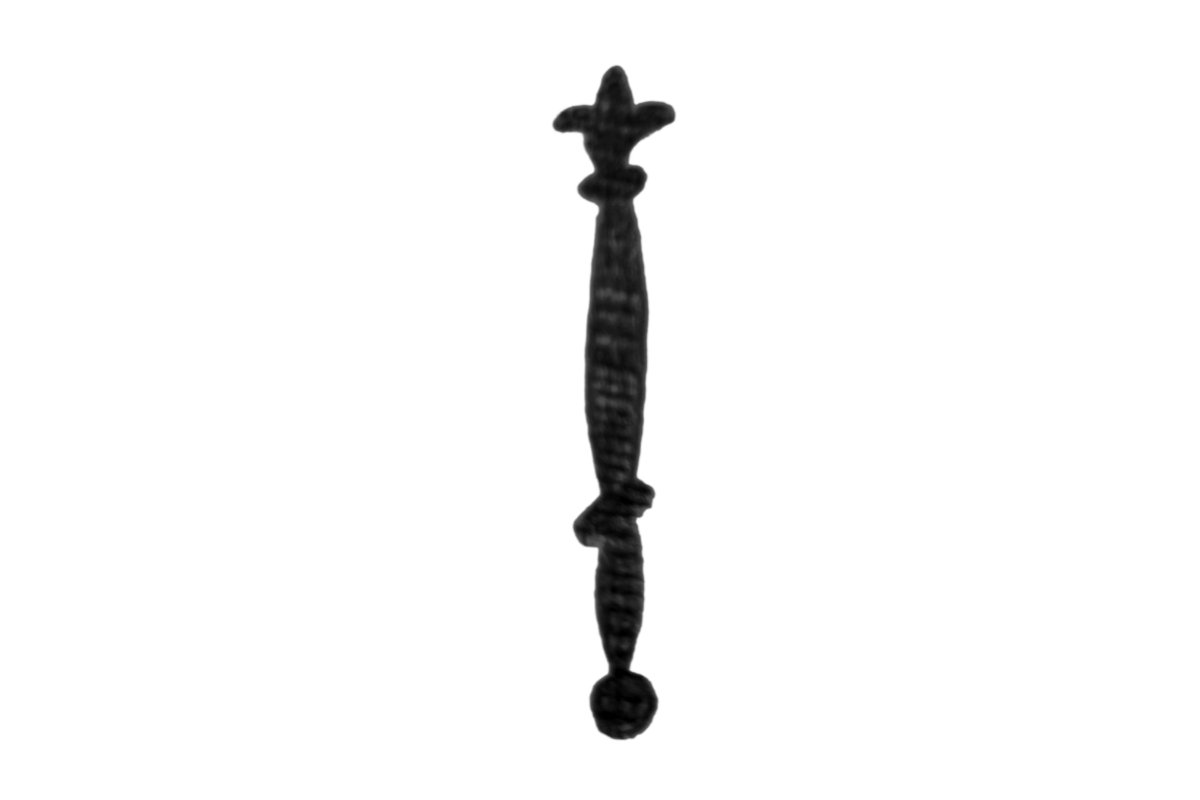 | KPM (Königliche Porzellan Manufaktur), Berlin |
 | Rosenthal Mark |
I’ve also seen some artist or designer signs printed on such new 1800s Royal Vienna porcelain designs. Below are some popular designer signs that every porcelain collector appreciates:

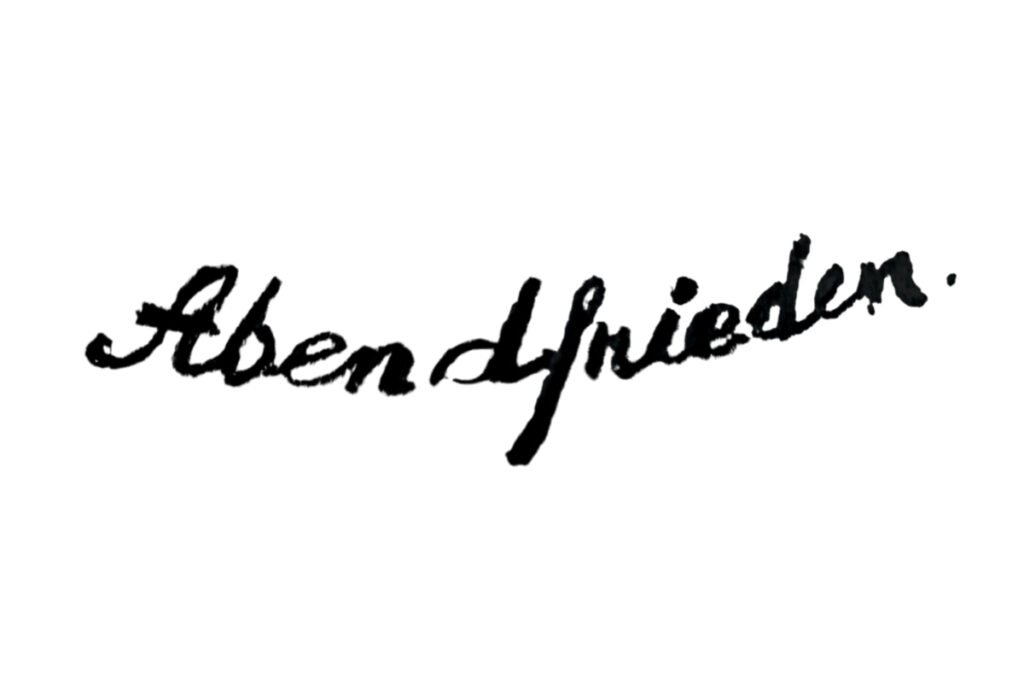

How to Spot Fake Royal Vienna Porcelain Marks?
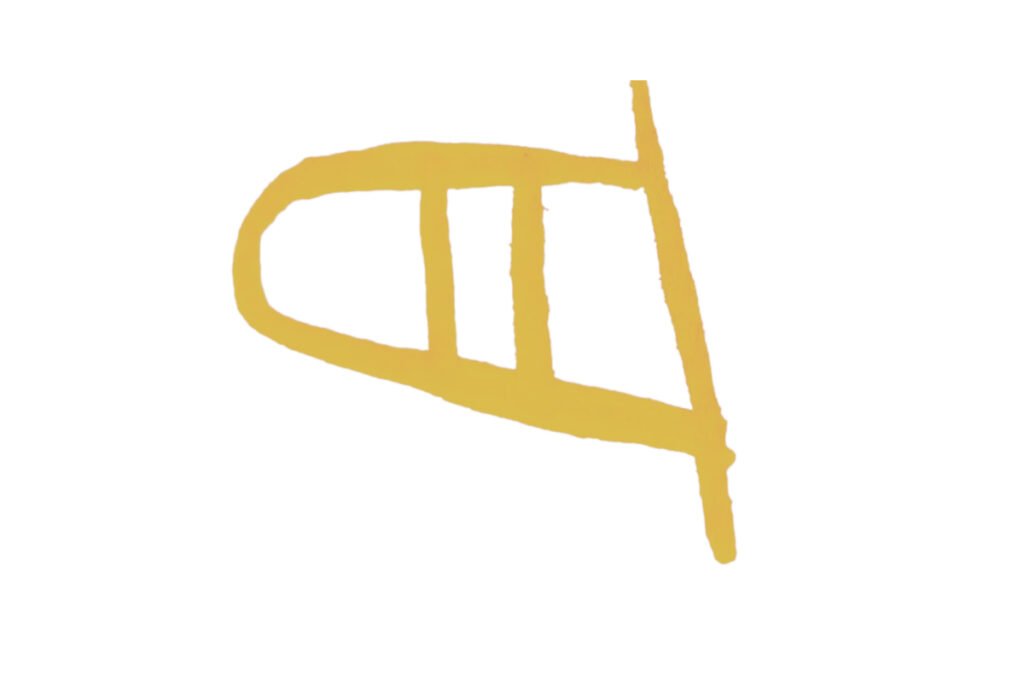
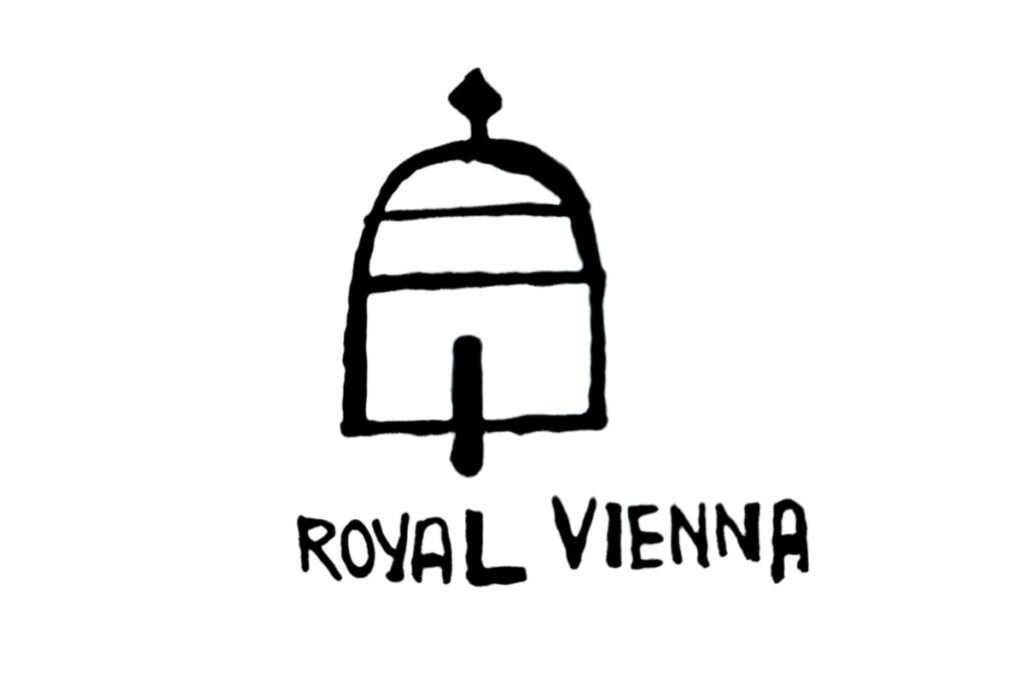
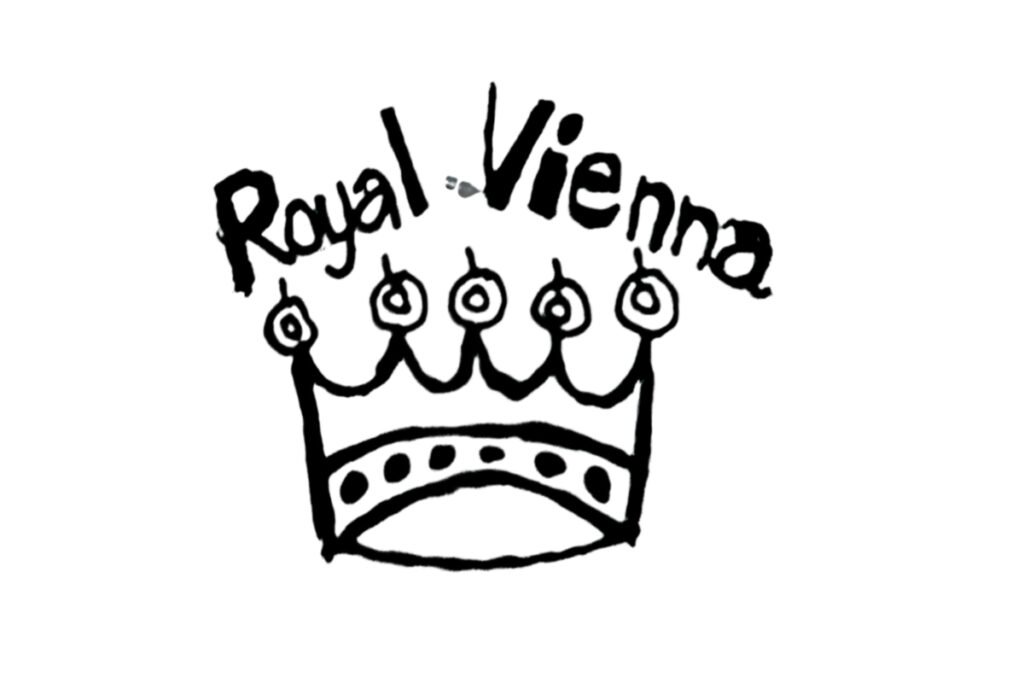
Do you find the above marks strange? If yes, you’re close to spotting the fake Royal Vienna marks yourselves. If not, relax! I’ll help you!
So, the above Royal Vienna marks are fake, as they have different colors, fonts, and lower-case letters.
Since collectors are crazy about old Vienna porcelain, some dealers import low-quality pottery items disguised as Royal Vienna with such replicated marks. Thankfully, you can spot all such fake or forged Royal Vienna marks using the following checklist:
- Location or import marks from ‘Wein,’ ‘China,’ or ‘Czechoslovakia’
- Decorated mythological or historical scenes with a detailed description on the base
- Fake ‘Angelica Kauffman’ sign
- Impressed mold numbers, especially from 84 – 99 and 800 – 864
- Golden or overglazed marks, text, and name
- Symmetric or descriptive marks
- A back stamp with the English ‘Royal Vienna Porcelain Manufactory’ mark
Did you tick any of these boxes? Well, your Vienna pottery might be fake, so grab a camera, click its pictures, and email me for further verification!
Finding the Value of Antique Royal Vienna Porcelainware

Most Royal Vienna pieces sell for around $200 – $2,000, but rare ones, especially the unused or packed ones, are worth even more, up to $4,000+.
You can get a better idea about Royal Vienna Porcelain value with the help of the following auctions, referenced from authentic sites like eBay, Etsy, Heritage Auctions, etc.:
- A Royal Vienna porcelain plate with hand-painted, gilded gold motifs sold for $875 on Heritage Auctions.
- A signed 19c Royal Vienna Porcelain vase fetched $2,200 on eBay.
- A set of three hand-painted Royal Vienna porcelain plates sold for $4,250 on Live Auctioneers.
- A rare 19C, gold-painted Royal Vienna Tankard fetched $2,800 on Etsy.
- A hand-painted Royal Vienna cup & saucer was auctioned for almost $1,000 on eBay.
Generally, the value of old Royal Vienna Porcelainware depends on the condition, age, color, quality of painting, and packaging.
The pottery type is another major factor! For instance, Royal Vienna plates and bowls are worth $150 – 1,000 depending on the condition, while the vases fetch over $1,200. Urns value around $120 – 750, while the human and animal figurines sell for around $600.
Now that you have my old porcelain beehive mark guide, I’m sure you won’t fall prey to any scam! Remember the thumb rule – check for an underglaze finish and trust only the local Austrian location marks to spot the real ones!
But if you have any other antique ceramic or porcelainware from Gzhel, McCoy, or Frankoma pottery, my detailed identification guides will answer all your questions.
Note: This article is intended for informational, educational, and entertainment purposes only. Some images are illustrative and may not represent actual brands, products, or related entities. All trademarks, product names, brand logos, packaging, and other intellectual property referenced remain the exclusive property of their respective owners. Any brand mentions or references are provided solely for descriptive and educational context and do not imply any formal or commercial association.

